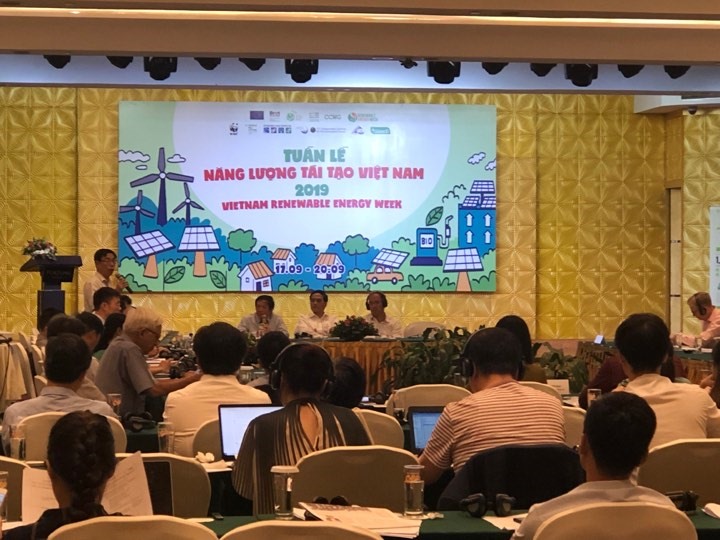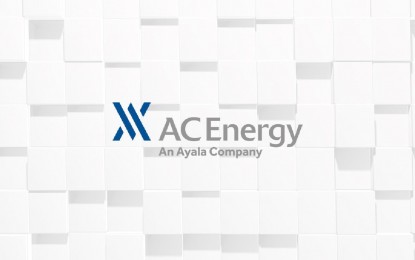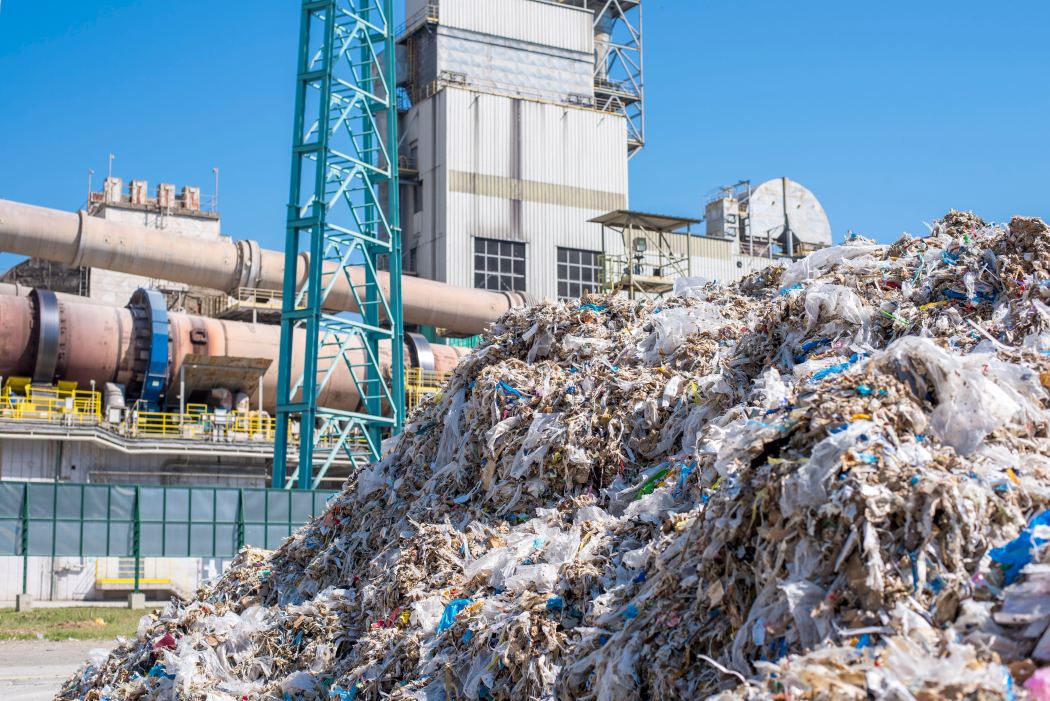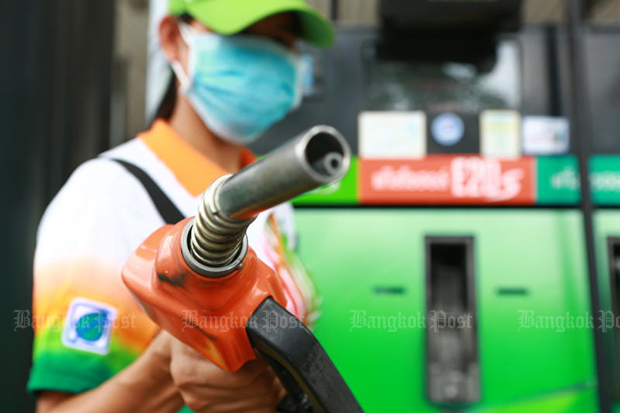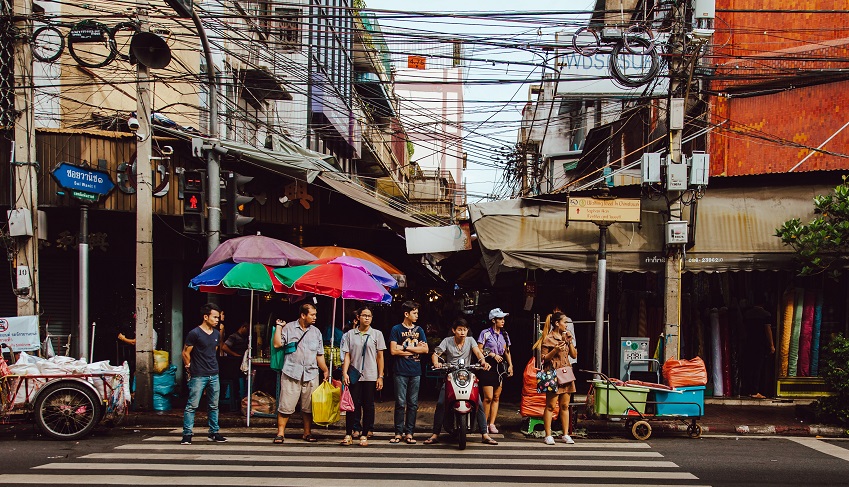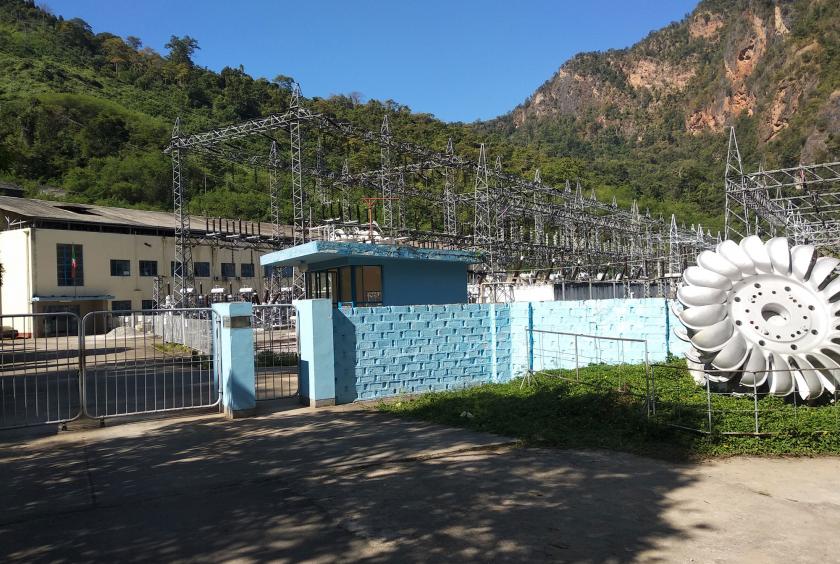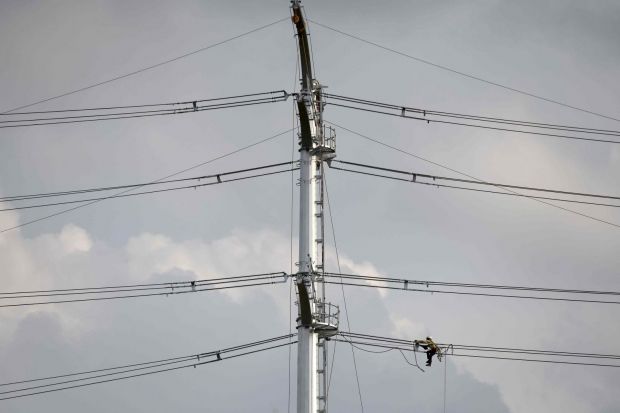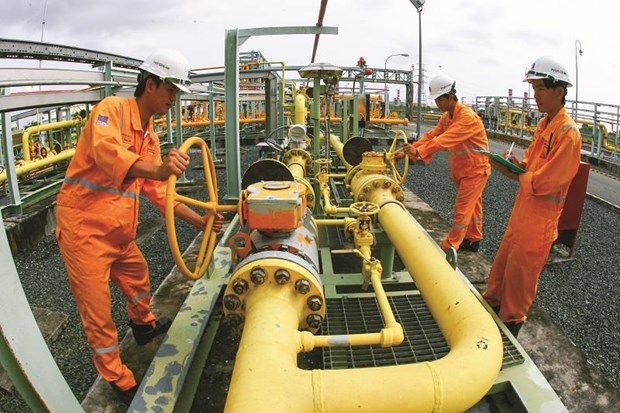- Others
–
- Vietnam
| Vietnam Renewable Energy Week 2019 started in Hà Nội on Tuesday, covering discussions on the development of renewable energy resources, including solar and wind power.— VNS Photo Kiều Vân |
HÀ NỘI – Vietnam Renewable Energy Week 2019 started in Hà Nội on Tuesday, covering discussions on the development of renewable energy resources, including solar and wind power.
Vietnam Renewable Energy Week 2019 was jointly organised by the Vietnam Sustainable Energy Alliance (VSEA), Vietnam Climate Action Alliance (VCCA) and the Working Group on Climate Change (CCWG).
The event is expected to be a forum for information exchange and multi-stakeholder dialogue in order to propose solutions for the process of energy transition and bring the greatest benefits for sustainable development in Việt Nam.
Ngụy Thi Khanh, director of Green Innovation and Development Centre (GreenID) said: “As a country with diversified and abundant renewable energy potential, Việt Nam gains many benefits if accelerating its early shift to renewable energy development.”
“Prioritising efficient use of energy and promoting the development of renewable energy will help ensure energy security, reduce dependence on imported fossil fuels, reduce pollution, mitigate climate change, protect public health, enhance faster access to energy for the poor, create opportunities to attract investment and create jobs for localities,” she said.
Đỗ Đức Quân, Vice Director General of the Electricity and Renewable Energy Authority under the Ministry of Industry and Trade said that in the context of climate change that has been negatively impacting the world, Việt Nam was also facing the problem of finding new energy sources.
“Increasing temperatures and reducing rainfall in recent years have caused many hydropower reservoirs in the central and Central Highlands regions to be near the dead-water level, which are great challenges for ensuring adequate power supply for production and daily life.”
According to the VSEA, over the last few years, the country has made strong strides in developing renewable energy, especially newly-installed solar power capacity. It has become one of the most dynamic and attractive renewable energy markets in Southeast Asia.
However, the rapid development of renewable energy was also posing new challenges for the power grid, land use, electricity-price mechanism, human resources/employment, and finance resources.
In order to overcome these challenges, it was necessary to have joint support and efforts from policymakers, the Government and communities, enterprises, and social organisations.
According to Melissa Brown, expert from IEEFA, Việt Nam was a country with abundant renewable energy potential, it should prioritise to maximise this advantage for the benefit of the socio-economy and clean living environment for people.
Việt Nam’s Government always encourages the development and effective use of renewable energy sources. Since 2017, the Government has issued a series of priority policies to develop renewable energy-production and attract domestic and foreign investment.
Lê Hải Đăng, from Việt Nam Electricity said developing rooftop solar power helps reduce transmission costs and price pressure as well as increase energy use efficiency.
He said providing favourable conditions in terms of policies and mechanisms, technical solutions have been also implemented to connect solar power to the national grid.
Việt Nam has great demand for energy, especially renewable energy, to develop its economy. Its power needs will be about 90,000MW by 2025 and 130,000MW by 2030.
Another workshop titled “Sustainable Energy Transition: opportunities and challenges for Mekong Delta Việt Nam” will be organised next Tuesday in Long Xuyên City, An Giang Province.
Vietnam Renewable Energy Week 2019 will last until next Tuesday. — VNS
Read more at http://vietnamnews.vn/society/535526/viet-nam-renewable-energy-week-2019-starts-in-ha-noi.html#KaliVYV4KQSVfC7W.99


